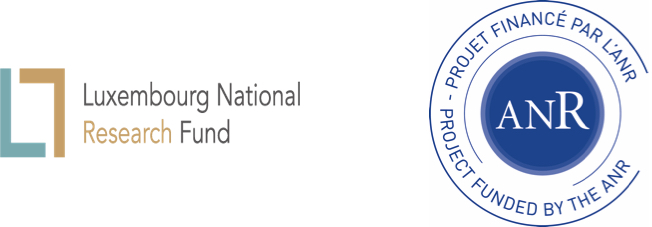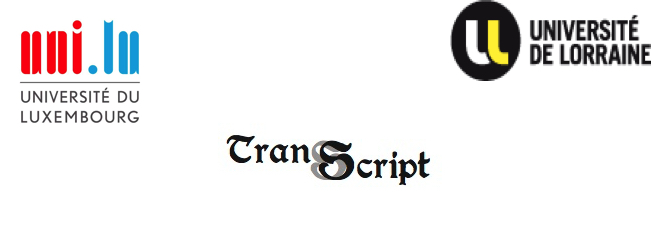TRANSSCRIPT
Main objectives
- Home >
- Main objectives
Main objectives
1. Creation of a database of “princely charters”
The main objective of the research project is the editing and digitising of the princely charters of the duchy of Lorraine and the county/duchy of Luxembourg. “Princely charters” are defined as charters (both originals and copies) whose issuer and/or author is the ruler. The editing is limited to the Lorraine charters from the period 1251 to 1346, i.e. from the reign of Ferry III to that of RaouI, and to the Luxembourg charters from 1247 to 1346, i.e. from Henry V to John the Blind
The creation of a princely charters’ database should allow:
- a comparative analysis of transfers in diplomatic uses and styles;
- the study of the political and administrative vocabulary;
- the study of actors’, writer’s and patrons’ terminology that provides insights into their collective identities;
- the prosopography of scribes;
- the systematic study of witnesses so as to explore the social and political networks connecting patrons;
-
a lexicometric and linguistic analysis, i.e. changes in the linguistic practices and competences (Latin/Roman/German) and cultural transfers.
2. Administrative documents
Unlike princely charters, administrative documents (tax records, inventories of vassals and fiefs, cartularies, accounting books and records) had received little attention by the editors of primary sources before the rising interest in the history of scripturality at the beginning of this century. The analysis of administrative documents from the duchy of Lorraine and the county/duchy of Luxembourg form a complement to the princely charters.
3. Digital cartography
Since 2007, several historians and geographers from the University of Luxembourg have developed a multidisciplinary expertise in the publishing of digital maps as part of the GR-Atlas project, an interactive, online atlas of the Greater Region. The digital format allows combining and juxtaposing various thematic maps, thus revealing relations and correlations between phenomena that cannot be visualised by specific conventional maps. A digital atlas also has the advantage that maps can be updated at any moment. Mapping the practice of writing is a promising new field that this project will develop with respect to the history of territorial principalities. It will complement the mapping of princely resources and rights, which raise difficult problems for traditional cartography.
4.Lotharingian pincipalities’ institutional history and cultural transfers
The last objectives of TRANSSCRIPT project are:
Both for the duchy of Lorraine and for the county/duchy of Luxembourg, the study of the socio-cultural evolution of princely institutions in the long term (from 13th to 15th century). In this way, we will identify the development of institutional mechanisms of the medieval state, as well as other types of actors involved in this trend (nobility and chivalry, ministeriales, towns, abbeys…)
A comparative study of the institutional development of the territories in the former Lotharingian space, expanded to several principalities in the north of France and of the Empire.


